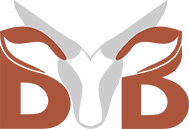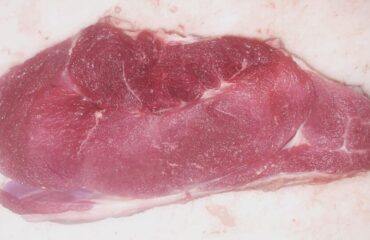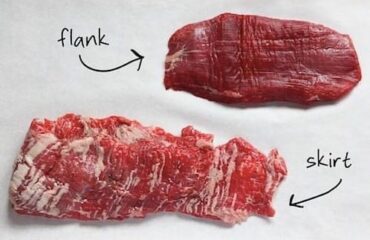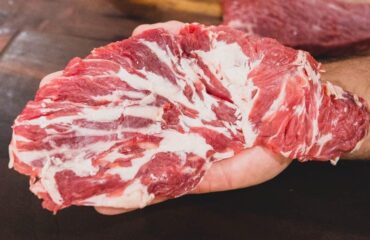Caul Fat: Anatomically speaking, caul fat is the thin, lacy membrane of an animal surrounding the internal organs, known as the greater omentum. This type of fat is sometimes called lace fat, fat netting, omental fat, or crépine, its French name. It’s used as a casing for other meat preparations like roasts, sausages, or anything you want to add decadent flavor to.
Fatback: This comes from the back of the pig, includes the shoulder and rump areas, and is the thick layer of fat directly underneath the skin. Once rendered, it produces a lard that’s slightly yellow in color and it has a stronger flavor than leaf fat. It’s great for frying or sautéing.
Leaf Lard: This is the fat from around the animal’s kidney’s and is the “cleanest” fat on the whole animal. It’s also the healthiest. Once rendered, it produces a lard that’s white in color with a milder odor and flavor, making it ideal for use in pie crusts and pastries.
***IMPORTANT NOTE: The health benefits of lard do not apply to all lard from all animals. Fat is where a lot of the bad stuff is stored and concentrated (ie, chemicals, additives, by-products of junk ingredients, boar taint, etc). For that reason, we strongly suggest rendering lard only from responsibly raised animals fed a species-appropriate diet.






